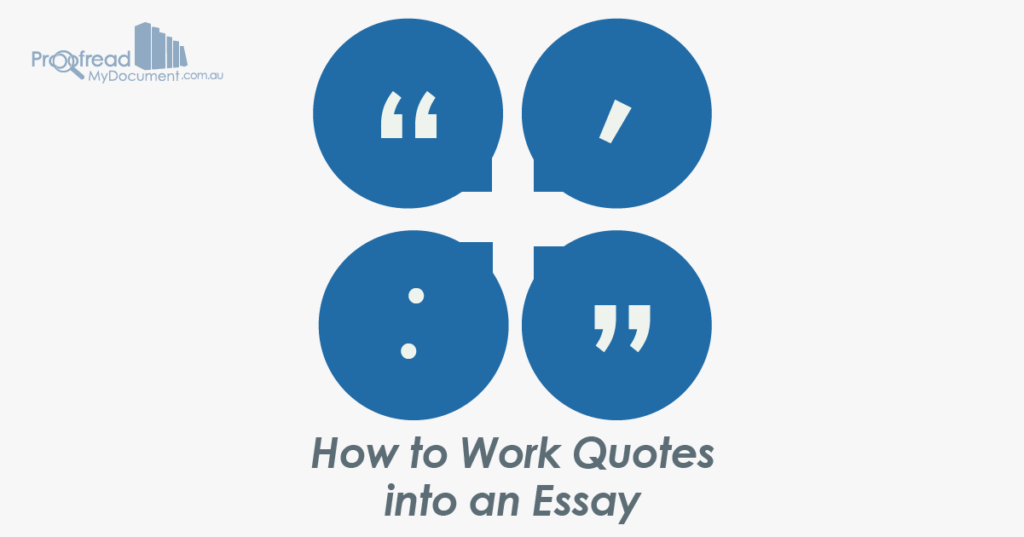Quoting sources is essential in academic writing. But you can’t simply copy a passage you’ve found in a book and dump it just anywhere in your essay if you want it to make sense.
As well as citing your source and using quotation marks, you need to integrate quotes into the rest of the text. This gives it context and ensures that your writing flows smoothly.
In this blog post, we take a look at how to do this effectively.
Quoting After a Colon
One option for working quotes into an essay is adding them after a colon. This should always come at the end of a full sentence, such as in the following:
Ackerman (2016, p. 232) acknowledges that pigeons are widely considered unintelligent: ‘They’re considered by some to be as dumb as a dodo (a close relative, in fact).’
If introducing a quotation like this, be careful not to mix up colons and semicolons.
Quoting After a Comma
Quotes can also be given after a partial sentence, particularly following terms like ‘says’ or ‘according to’. In these cases, you should separate the quote from the text with a comma:
On pigeon intelligence, Ackerman (2016, p. 232) says, ‘They’re considered by some to be as dumb as a dodo’.
However, you don’t need a comma if the quote follows the word ‘that’:
On pigeon intelligence, Ackerman (2016, p. 232) says that ‘They’re considered by some to be as dumb as a dodo’.
Integrating a Quote into a Sentence
As with the ‘that’ example above, you can add quotes that follow directly from the preceding sentence without additional punctuation:
Find this useful?
Subscribe to our newsletter and get writing tips from our editors straight to your inbox.
Pigeons are ‘considered by some to be as dumb as a dodo’ (Ackerman, 2016, p. 232).
This also applies when using short quotes in the middle of a sentence:
Although many consider pigeons ‘to be as dumb as a dodo’ (Ackerman, 2016, p. 232), laboratory tests show them to be quite intelligent in some respects.
The only extra punctuation marks required in these cases are quotation marks.
Block Quotes
Finally, for longer passages of text, you can set quotes on a new line after a colon:
Ackerman (2016, p. 232) accepts that there are reasons for this reputation:
It’s true that the forebrain of a pigeon has only half the neural density of a crow’s forebrain. It’s also true that pigeons may fail to realize that an egg or squab is theirs unless it is immediately beneath them … Pigeons are also notoriously inefficient nest builders, carrying only a single twig or coffee stirrer at a time, whereas sparrows will ferry two or three.
However, she also discusses several areas where pigeons defy their dumb reputation.
Notice that no quotation marks are used for block quotes. Instead, you should indent the quotation to show that it’s separate from the surrounding text. Make sure to check your style guide on how to use block quotes, though, as the rules can vary.
